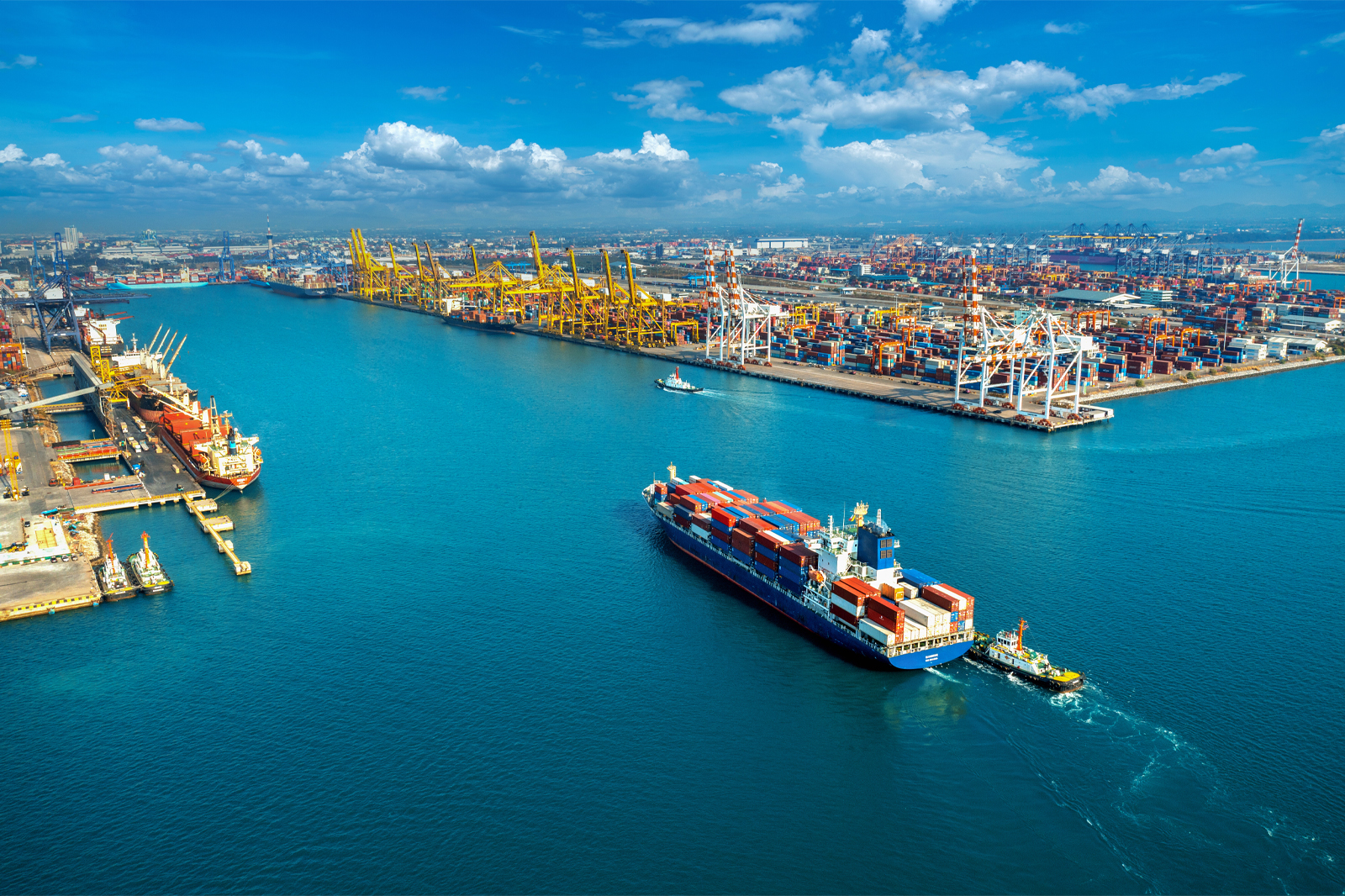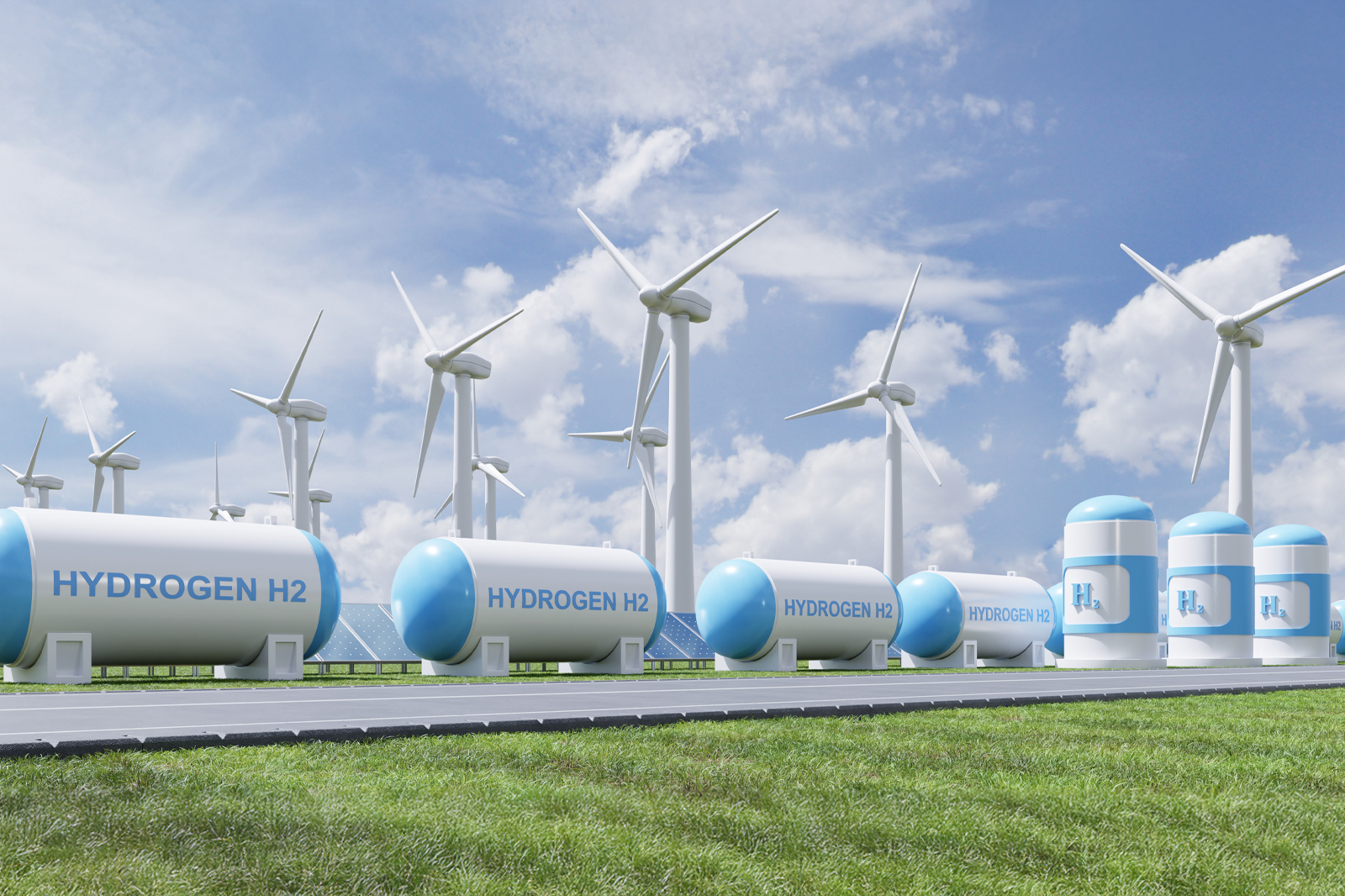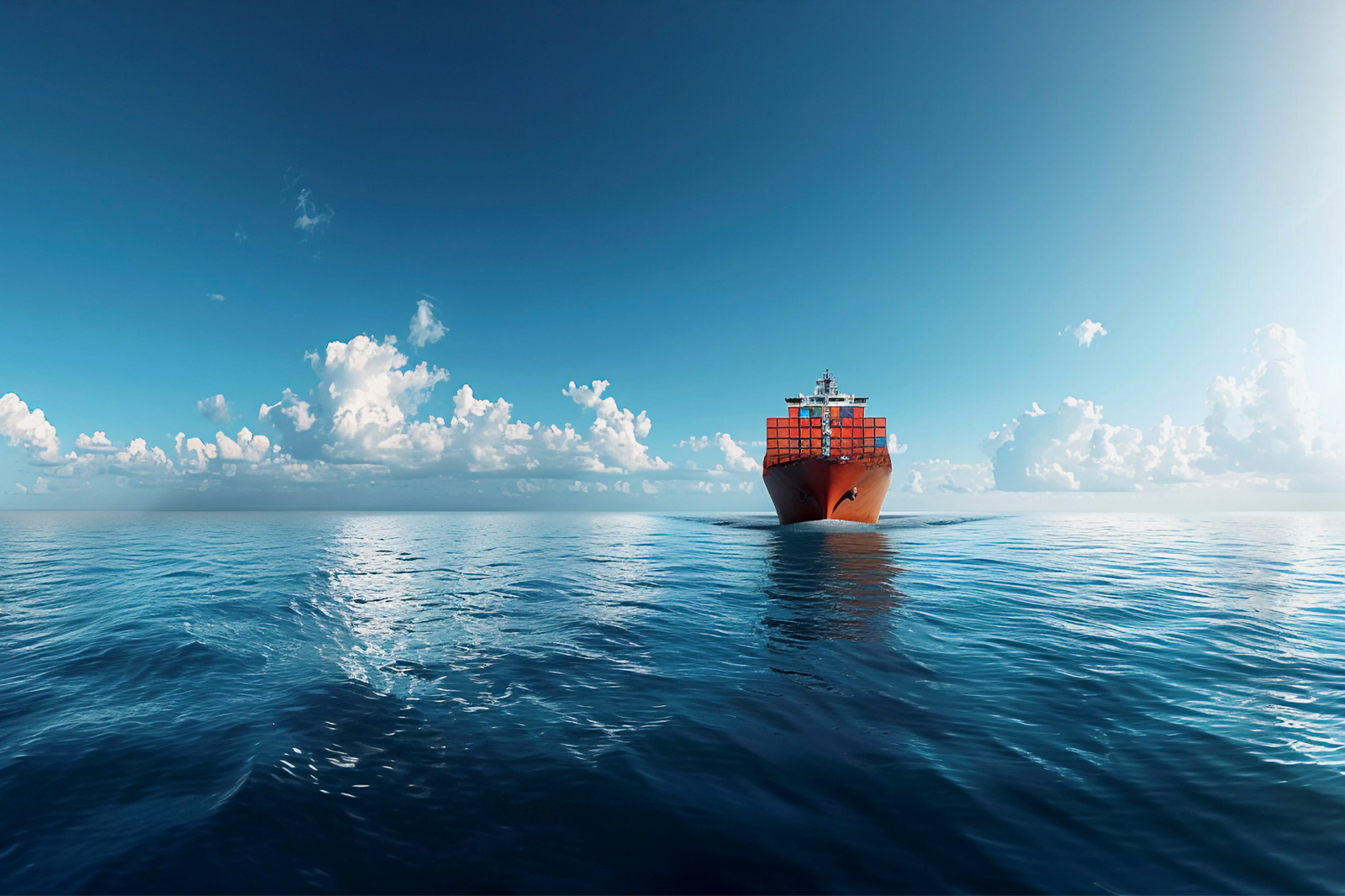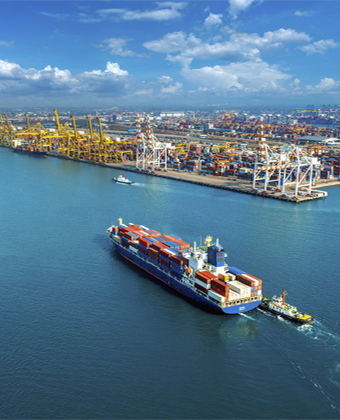
India is undergoing a remarkable transformation in its maritime and logistics landscape. As the world’s fifth-largest economy and an emerging global manufacturing hub, India’s strategic investments in port infrastructure and trade corridors are setting the stage for a new era of economic leadership. At the center of this evolution are two powerful forces: the India-Middle East-Europe Economic Corridor (IMEC) and the nation’s ambitious port modernization initiatives. Together, they are redefining India’s position as a global logistics and trade hub.
Unlocking Geopolitical Potential with IMEC
The India-Middle East-Europe Economic Corridor, announced during the G20 Summit in 2023, is more than just a trade route—it’s a geopolitical game-changer. Designed to rival China’s Belt and Road Initiative, IMEC aims to strengthen supply chains, reduce shipping times, and improve connectivity between India, the Middle East, and Europe.
Comprising rail and maritime segments, IMEC will allow for seamless cargo movement from Indian ports like Mundra, Nhava Sheva, and Kochi, through UAE and Saudi Arabia, and onwards to Europe via Haifa in Israel and Piraeus in Greece. This corridor is poised to boost India-Europe trade relations and reduce dependency on traditional chokepoints like the Suez Canal.
For India, IMEC represents an opportunity to:
Diversify trade routes and enhance resilience
Increase foreign investment in port and rail infrastructure
Accelerate regional integration across the Gulf and Mediterranean zones
While IMEC presents vast opportunities, it also faces geopolitical and competitive complexities. For instance, Turkey’s proposed Iraq Development Road Project offers an alternative East-West route, highlighting the dynamic nature of global trade corridors. India’s success will depend on timely execution, diplomatic alignment, and the ability to offer stable, efficient infrastructure that rivals existing routes.

Modernizing Indian Ports for Global Competitiveness
Parallel to IMEC’s development, India has fast-tracked its port modernization drive, anchored in the Maritime India Vision 2030. The government aims to transform India’s ports into world-class logistics centers equipped with smart technologies, green infrastructure, and multimodal connectivity.
One of the most significant moves in this direction is the Vadhavan Port project near Mumbai, approved in June 2024. With an estimated investment of $9.14 billion, the port will have a handling capacity of 298 million metric tons per annum and the ability to accommodate Ultra Large Container Vessels (ULCVs). This single development could add over 70% capacity to India’s container-handling infrastructure and bolster its role as a central logistics player in South Asia and will rank among the top 10 ports globally by cargo volume.
Other key port initiatives include:
Expansion of JNPT, Kandla, and Chennai ports
Private investments via the Public-Private Partnership (PPP) model
Integration with the Dedicated Freight Corridors (DFC) and industrial zones under the PM Gati Shakti Master Plan
These upgrades aim to reduce turnaround time, improve cargo efficiency, and attract international shipping lines to Indian shores.
Driving Sustainability with Green Ports
As global trade becomes more conscious of environmental impact, India is integrating sustainability into port operations. Under the Harit Sagar Green Port Guidelines, major ports are implementing:
Solar and wind energy usage
Shore-to-ship power supply
Eco-friendly dredging and waste management
Ports like Visakhapatnam, Cochin, and New Mangalore are already transitioning toward net-zero operations, aligning India’s logistics strategy with global climate goals and ensuring long-term viability.

Positioning India as a Global Maritime Leader
The confluence of geostrategic corridors like IMEC, world-class port infrastructure, and sustainable practices is positioning India as a preferred trade gateway between East and West. These initiatives are expected to:
Increase India’s share in global container shipping
Create high-value jobs in the logistics and port sectors
Attract foreign logistics operators and shipping lines
Enhance India’s export competitiveness, especially in key sectors like pharmaceuticals, electronics, and textiles
For freight forwarders, logistics providers, and exporters, these developments open up new opportunities for cost-effective, high-volume, and secure cargo movement.
As India modernizes its ports, sustainability is emerging as a central pillar of this transformation. Under initiatives like the Harit Sagar Green Port Guidelines, ports are adopting renewable energy, eco-friendly dredging, and shore-to-ship power. Additionally, India has announced plans to transition all coastal and inland shipping to renewable energy sources within the next five years, setting a global benchmark in green logistics.
At Triton Logistics & Maritime, we recognize the critical role of infrastructure in global supply chain efficiency. Our agile approach, driven by innovation, technology, and strategic foresight, ensures our clients are ready to capitalize on these unfolding maritime opportunities.

Charting India’s Next Economic Horizon
As India scales up its maritime infrastructure and deepens its global trade partnerships through corridors like IMEC, it is creating not just ports—but gateways to prosperity. These investments are not isolated upgrades—they are strategic enablers of India’s goal to become a $5 trillion economy and a global logistics powerhouse by 2030.
For logistics professionals, exporters, and international supply chain stakeholders, the message is clear: India is no longer an emerging player—it is a defining force in global trade.




